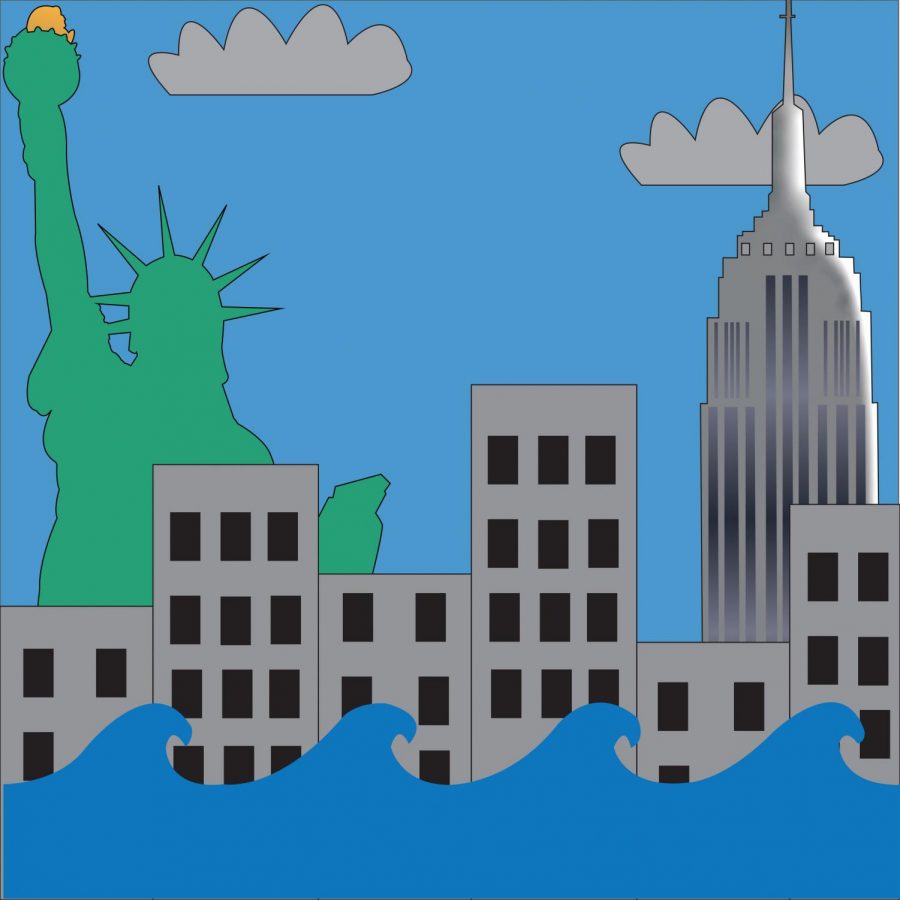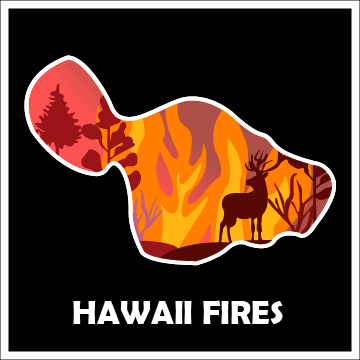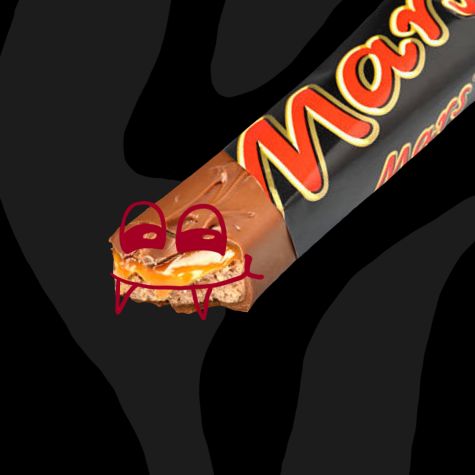Flooding In New York – Bad Luck, or a Bad Omen?
October 6, 2021
New Yorkers are struck by the worst hurricane since Katrina, the flooding aftermath left many homeless or without power.
On Aug. 26, 2021 as Hurricane Ida struck New York, just two days after Hurricane Henri ravaged the East Coast as well. This two-hurricane combo left massive damage along many states, one of the most well known being New York. Although it may be impossible to calculate exactly how badly New York was affected, ABC News has some info to put it into scale. “As of Friday morning, there are at least 8,000 residents without power across New York, according to PowerOutage.US. In a press briefing Friday morning Gov. Kathy Hochul said, ‘We’re well in excess of $30 million’ in damage from Ida.” Even then, it is almost impossible to put into words just how much damage was dealt to the East Coast from both storms. During and after each storm, many east coast residents suffered flooding and loss of electricity as well as major and minor injuries. Some unfortunate deaths occurred as well. According to The New York Times; “The storm killed at least 43 people in New York, New Jersey, Pennsylvania and Connecticut and left more than 150,000 homes without power. States of emergency remained in effect across the region by midday Thursday, as officials sought to get a handle on the damage.” The large amount of civilians left without access to power has likely made the situation much worse for anyone who was already struggling, especially those living in less safe areas or in places where the aftermath of the storms was worst. Those living in basements or underground apartments were struck with horrible amounts of rushing water, sometimes enough to reach chin height. Early preparation for a disaster like this could have theoretically helped, but many were unable to prepare for such a disaster due to weather forecasts that were unable to predict that the oncoming storm would be a hurricane, according to AP News’ article on the hurricane: “De Blasio, also a Democrat, said he’d gotten a forecast Wednesday of 3 to 6 inches (7.5 to 15 cm) of rain for the day. The city’s Central Park ended up getting 3.15 inches in just one hour, surpassing the previous one-hour high of 1.94 inches (5 cm) during Tropical Storm Henri on Aug. 21.”
New York’s struggle with the flooding caused by the hurricane is available to see on social media, as documentations of people’s experiences with the disaster have been uploaded to almost every social media site. Some videos show people on top of cars, buildings, or even inside while the water rises around them. Meanwhile, other pictures show the damage the water caused as people retreated back to their now destroyed homes. Many of these people were residents of New York, and documented their experiences all throughout the city. In a large amount of said videos, the subway is flooded and filled with debris, unable to function due to the rising water, while others portray the vast amount of abandoned vehicles on city streets. As reported by AP News, “In New York, nearly 500 vehicles were abandoned on flooded highways, garbage bobbed in streaming streets and water cascaded into the city’s subway tunnels, trapping at least 17 trains and disrupting service all day.” Residents all around the city were trapped in their cars, or in their own homes, for hours on end while waiting for rescue.
As the streets of New York flooded, citizens struggled to get to safety. The natural disaster continuously damaged the city for multiple days on end, forcing those exposed to it to find shelter in any way, shape, or form. Not every spot was safe, Junior Isabella Mitchell says. “Last thing I wanna do is be in a building that can fall.” Although no buildings fell entirely, basements, sometimes with people still inside, flooded with the debris filled water, sometimes enough to reach a person’s head. Being so unprepared for such a disaster, people ponder of what is possible to prepare for future happenstances. Sophomore Maraida Bongaarls says: “Prepare better for more flooding in the future, and teach better safety precautions.” When asked what should be done to prepare, Freshmen Ellis Park stated: “Maybe build buildings out of stronger materials.”,
What could have caused such a natural disaster? In the New York times it was reported: “Speaking from the White House, President Biden said the damage indicated that “Extreme storms and the climate crisis are here,” constituting what he called “one of the great challenges of our time.””
So, what could be causing such a thing? Is it climate change, or just a stroke of bad luck for the East Coast? A few students at IHS were asked on their thoughts. Isabella Mitchell, a junior, stated; “Climate change probably, extreme weather conditions didn’t help.”, a Senior, Andre Deltoro, stated: “It was probably an excess of rain, global warming too, it’s also hurricane season.” Out of all IHS students that were interviewed, 50% stated that they believed that changes to Earth’s climate were to blame for the disaster. According to The New York Times: “The rain broke records set just 11 days before by Tropical Storm Henri, underscoring warnings from climate scientists of a new normal on a warmed planet: Hotter air holds more water and allows storms to gather strength more quickly and grow ever larger.”



